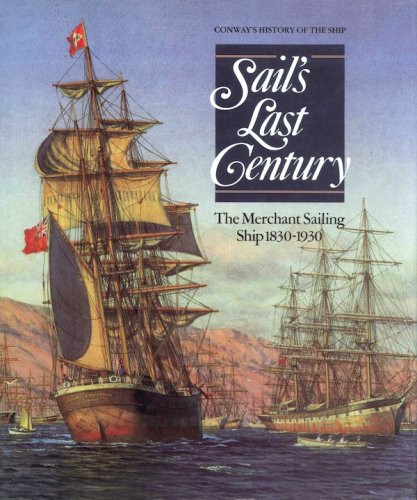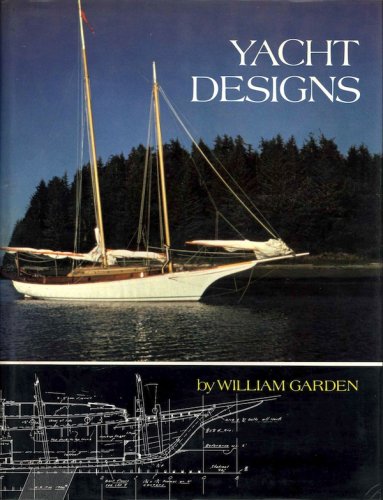Sail's last century
the merchant sailing ship 1830-1930
Sail's last century
the merchant sailing ship 1830-1930
- Non disponibile, richiedi informazioni sulla disponibilità
- Possibilità di reso entro 10 giorni lavorativi
- Transazione sicura con carta di credito, Paypal o bonifico bancario
- Spedizione tracciata con SDA
During the nineteenth century sailing ships improved dramatically in design and construction, and in the sophistication of their fittings; they benefited from many of the same technological developments that helped the advance of the steamship, and they continued to grow in total numbers well into the second half of the century; in 1860 there was stili ten times more sailing tonnage on the British register than steam. The period is popularly presented as a long drawn out battle between sail and steam. This volume shows how this was not the case and that shipowners, far from seeing the two types as irreconcilable rivals, invested in one or the other according to the usual commerciai evaluation of potential risks and rewards. Only with the development of cost-effective machinery at the end of the century did the sailing ship cease to be a viable ocean carrier - and a few tightly managed companies stili operated them at a profit even in the 1930s. This volume includes: The Wooden Sailing Ship: Over 300 Tons - The Wooden Sailing Ship: Under 300 Tons - The Transition to Iron and Steel Construction - The Iron and Steel Sailing Ship - The Merchant Sailing Vessel in the Twentieth Century - The Schooner in America - Schooner Development in Britain - The Sailing Ship in the Baltic - The Changing Problems of Shiphandling - Bibliography - Glossary - Index









